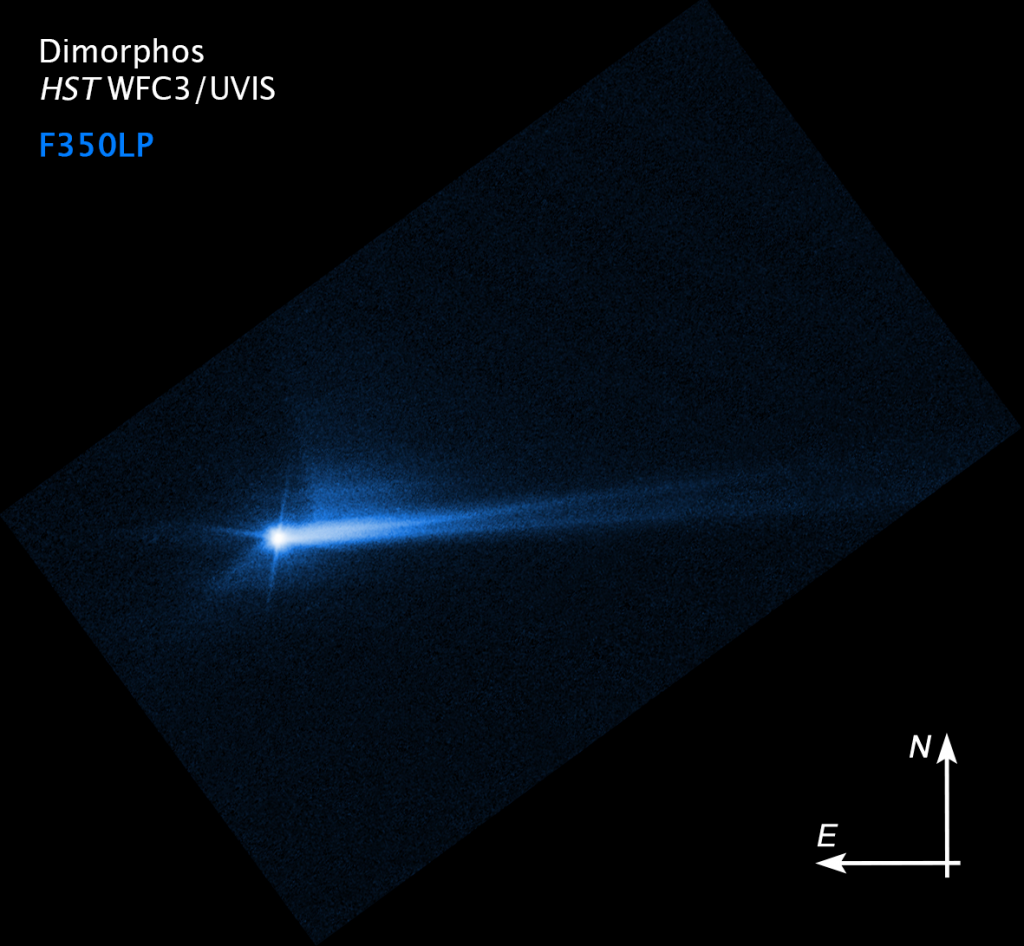Researchers analyzed data collected after the completion of NASA's DART (Double Asteroid Redirection Test) mission.
The DART mission is part of a program to protect the Earth fromcollision with a space object. To test the technology for changing the trajectory of a dangerous object, NASA sent a spacecraft to the system of a double asteroid - Didyma and its satellite Dimorpha. The ship and the asteroid-satellite collided at the end of September.
 A system of two asteroids: Dimorph (left) orbits the larger and more massive Didyma (right). Image: NASA/Johns Hopkins APL
A system of two asteroids: Dimorph (left) orbits the larger and more massive Didyma (right). Image: NASA/Johns Hopkins APL
The researchers expected the collision to shortenDimorph's 12-hour orbit by 10 minutes, but actual calculations showed that the change was even more severe. This asteroid has approached Didymos and now makes one full revolution around it in less than 11.5 hours.
The collision of a ship with an asteroid is not onlygave it momentum, but also triggered the ejection of debris into space. It was this stone "jet" thrown into space that led to a stronger change in the direction of the asteroid. Research describing the collision of the ship, the change in the trajectory of the asteroid and observations of debris, published in the journal Nature.
 A tail of debris formed after the collision of the ship and the asteroid in the image of the Hubble telescope. Image: NASA/ESA/STScI/Hubble
A tail of debris formed after the collision of the ship and the asteroid in the image of the Hubble telescope. Image: NASA/ESA/STScI/Hubble
The results of the mission show that ifapproaching collision will be known in advance, existing technologies will protect the Earth and deflect a dangerous object from our planet, the scientists conclude.
Read more:
The mystery of the red stripes on the satellite of Jupiter is revealed
Found "impossible" planet. She defies modern science
Archaeologists have found an ancient Roman analogue of barbed wire
Cover: Artistic illustration of the DART mission. Image: NASA